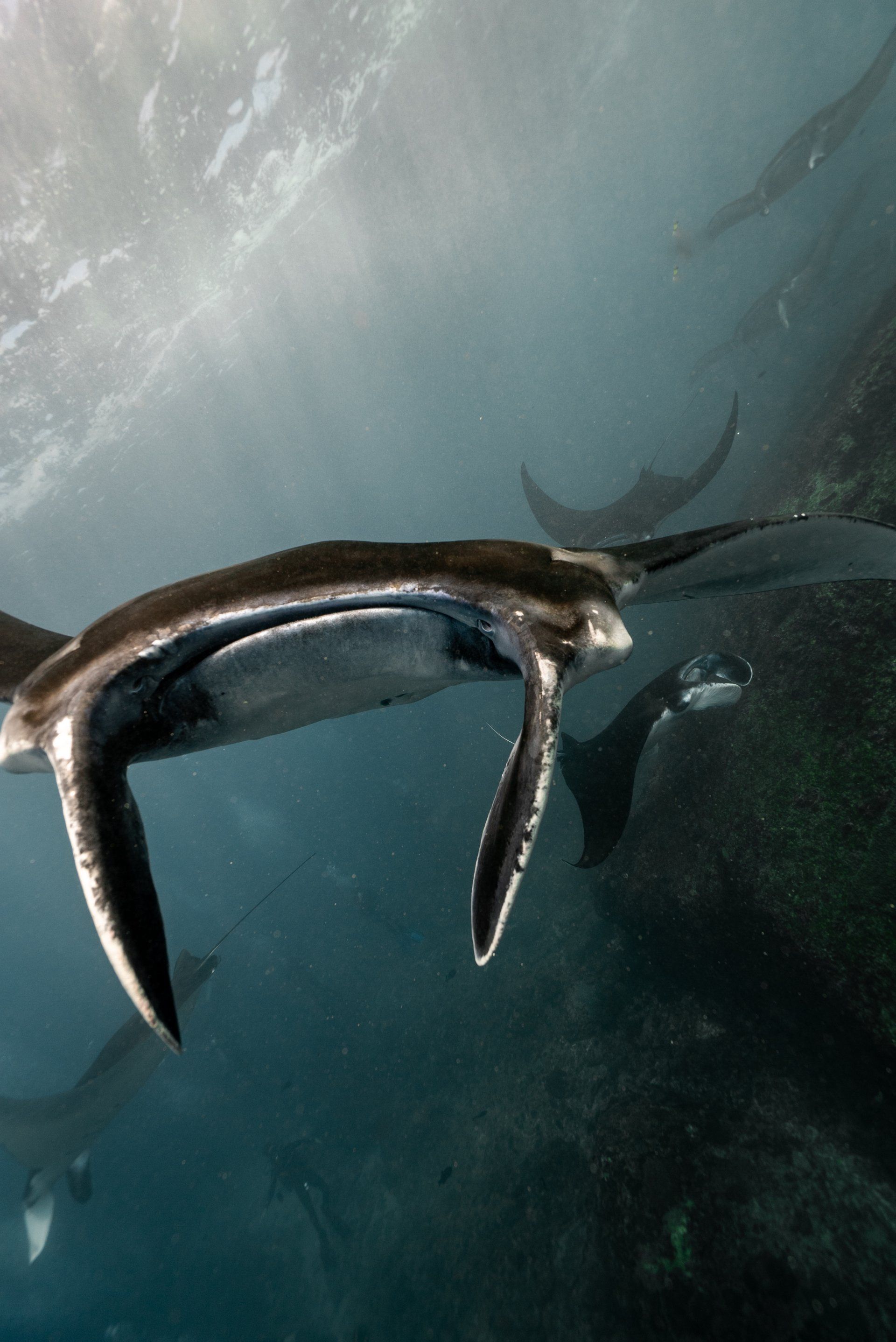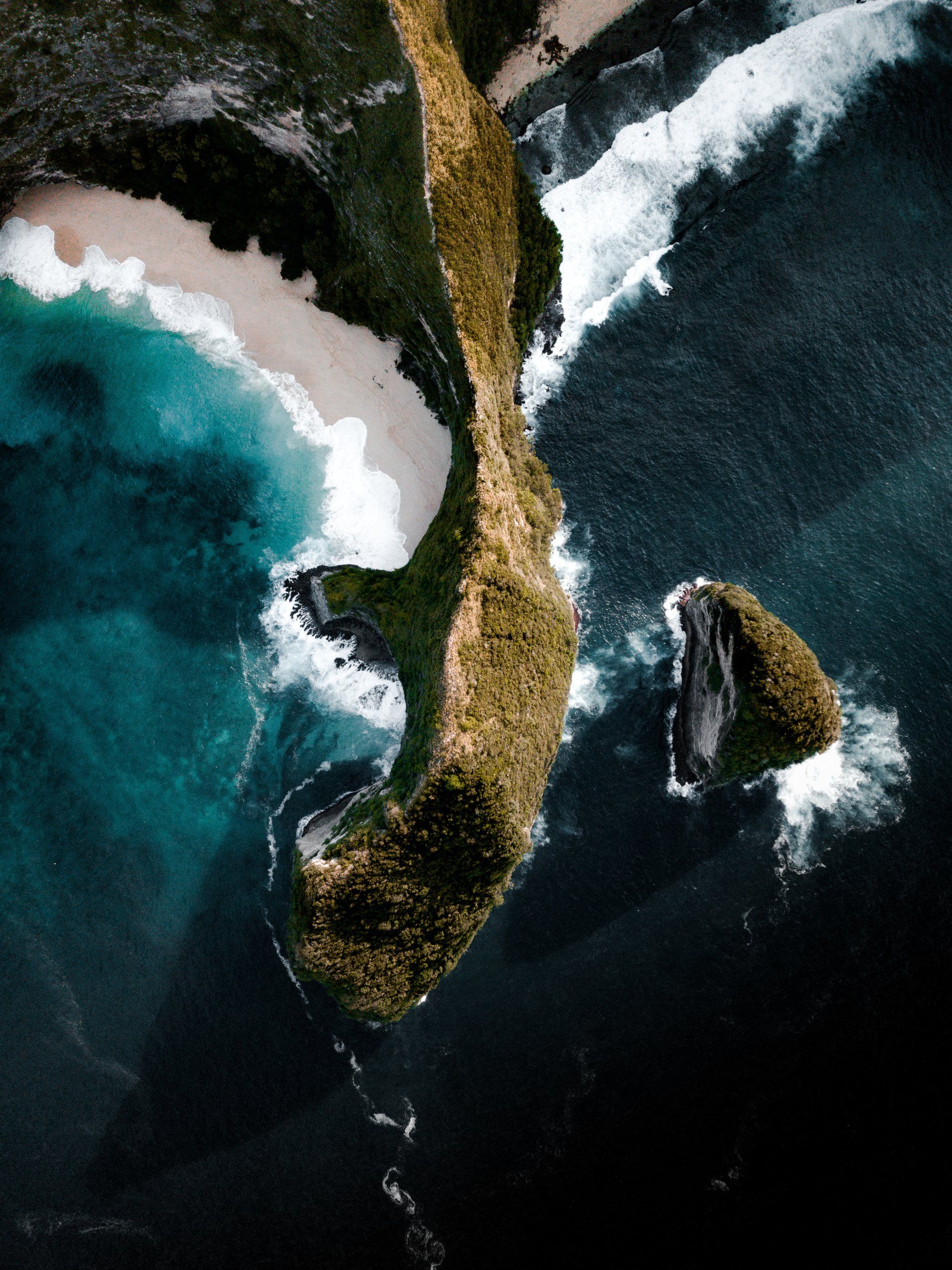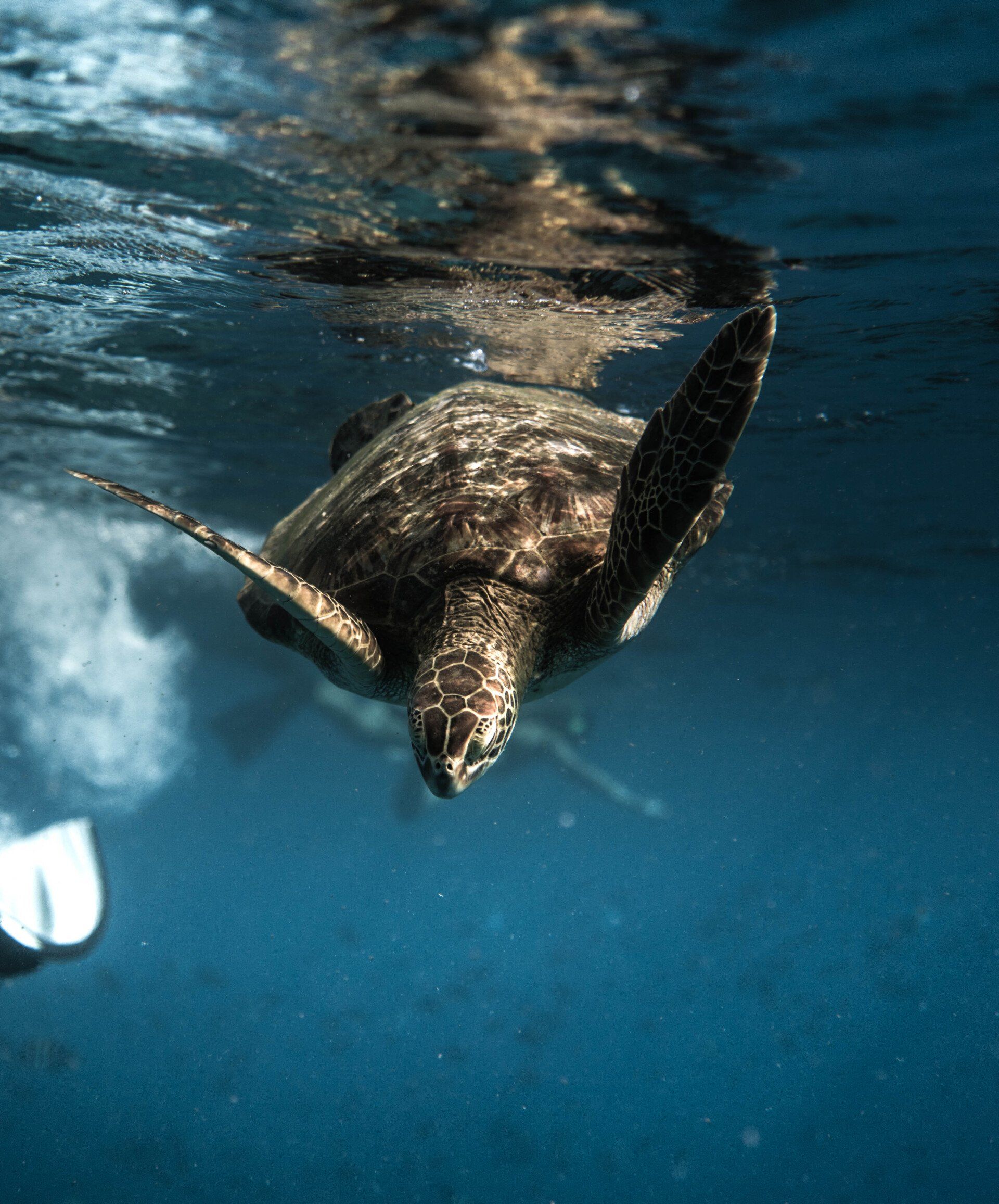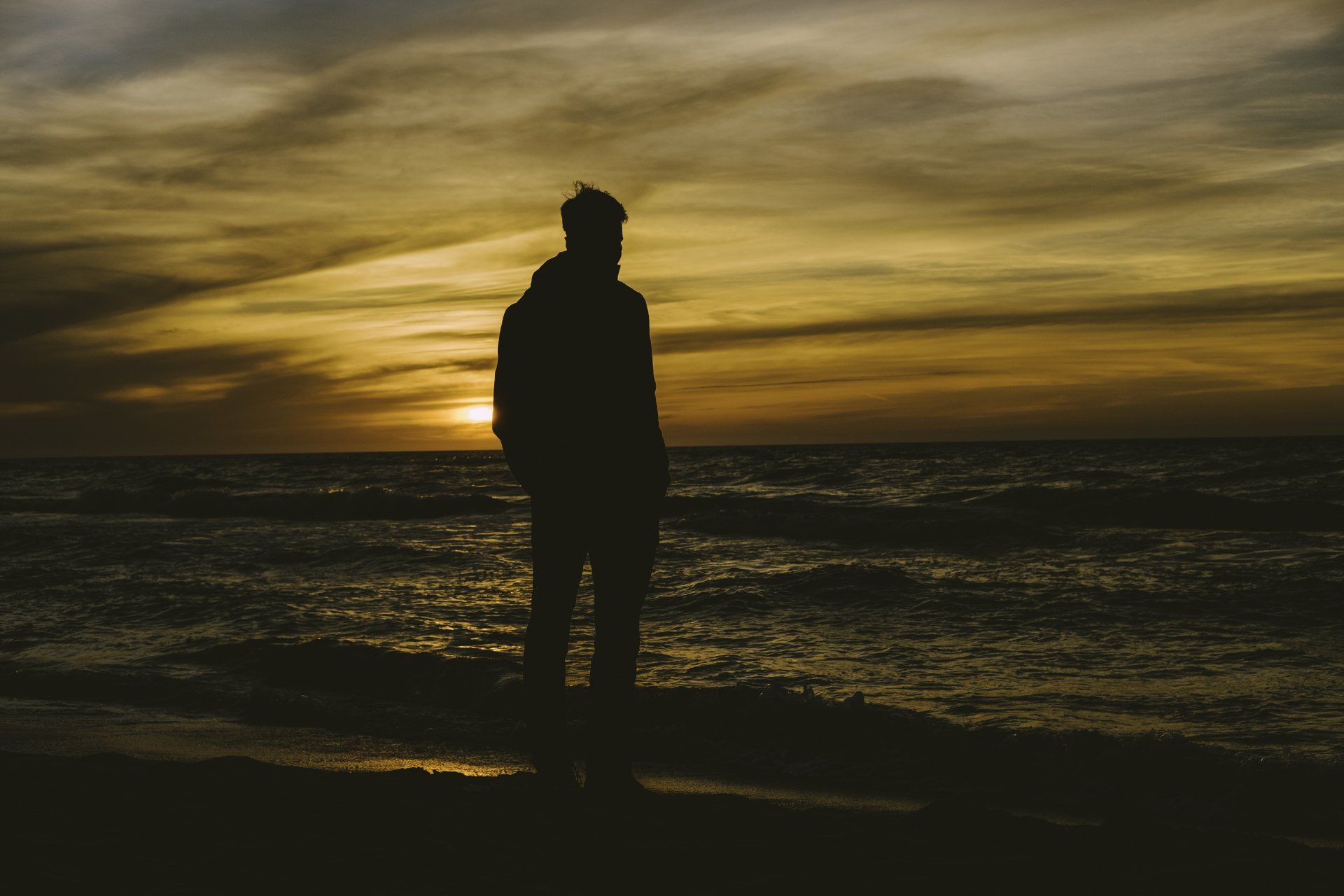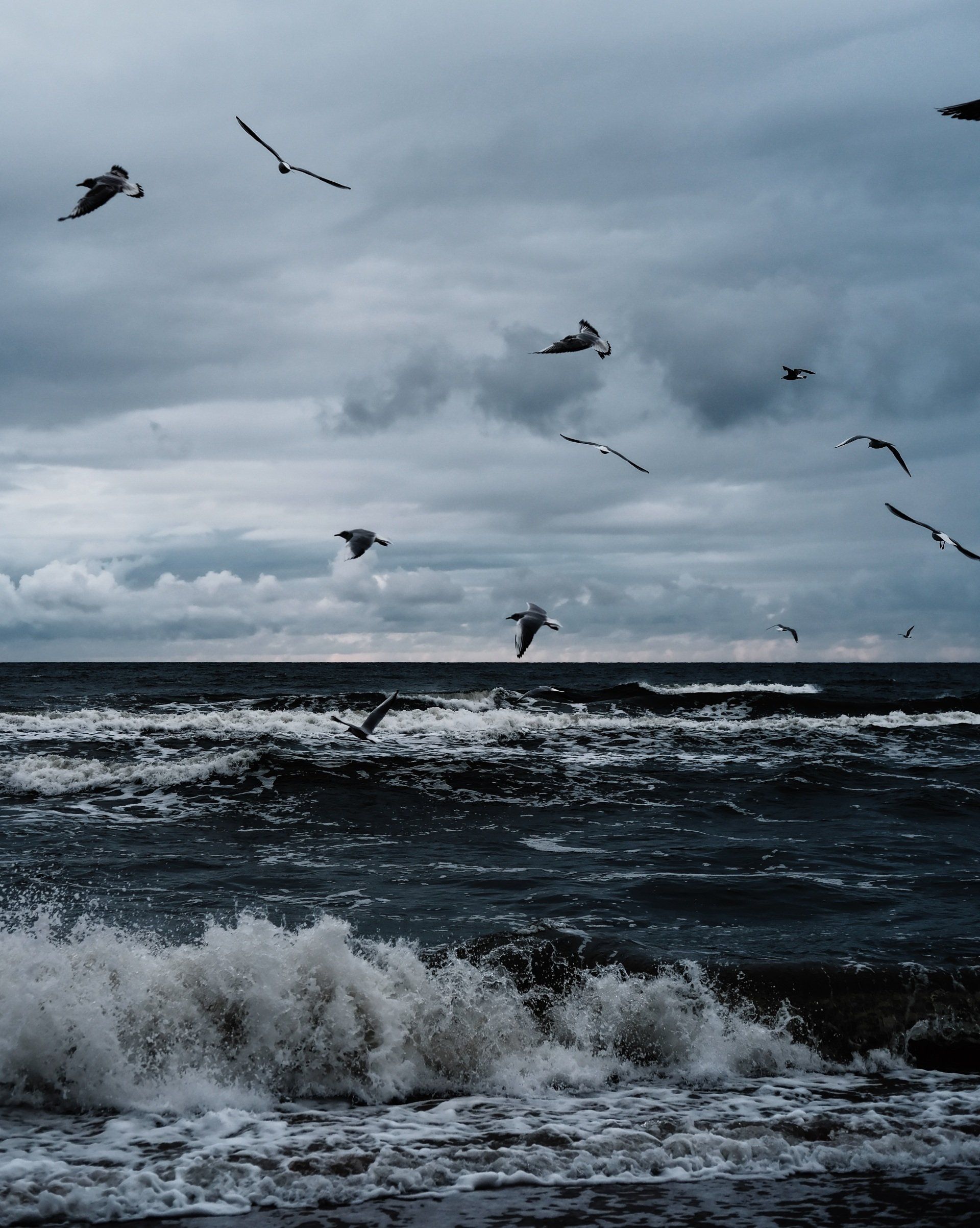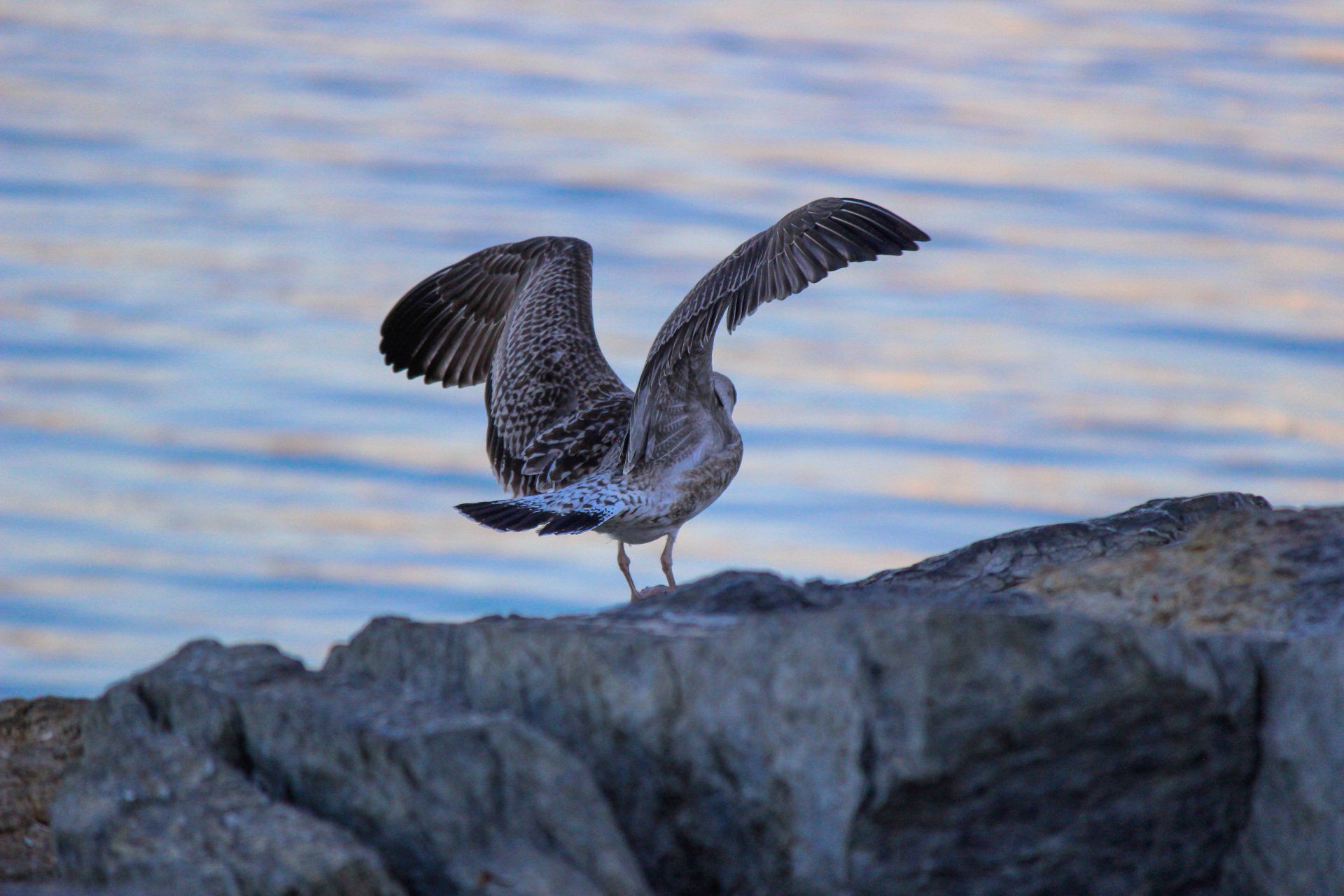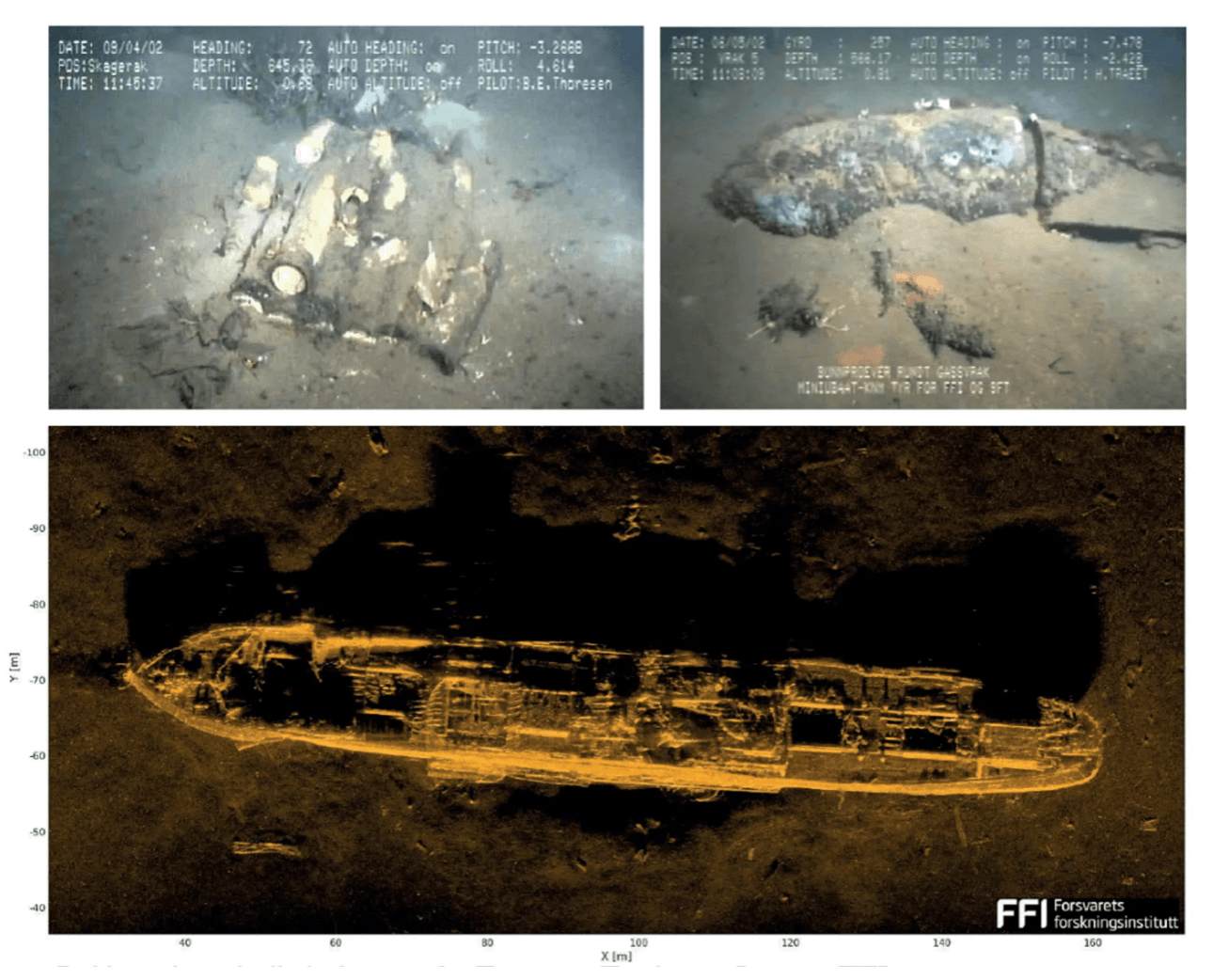Our way of living must be re-imagined with sustainable solutions everywhere to tackle the urgent problems.
Sustainability
Projects
Humanitarian Trade & Development have engaged themselves in two large projects to secure the life in the Oceans where Governments and organisations like UN still have a long way to go negotiating responsibilities and how to engage themselves. In the meantime Humanitarian Trade & Development have decided to find ways to urgently find funding and expertise to speed up the process. Humanitarian Trade & Development are now involved in the cleanup of the Baltic Sea and have partnered as Guardians of the Pacific Ocean "Moana Pasifika". We are looking for and accepting financially strong partners who share our visions and are willing to take responsibility and the first steps in an overall plan to solve urgent sustainability issues to secure a better future.
The Pacific Ocean is the largest and deepest of Earth's five oceanic divisions. It extends from the Arctic Ocean in the north to the Southern Ocean in the south, and is bounded by the continents of Asia and Australia in the west and the Americas in the east.
The quantity of small plastic fragments floating in the north-east Pacific Ocean increased a hundredfold between 1972 and 2012. The ever-growing Great Pacific garbage patch between California and Japan is three times the size of France. An estimated 80,000 metric tons of plastic inhabit the patch, totalling 1.8 trillion pieces.
Marine pollution is a generic term for the harmful entry into the ocean of chemicals or particles. The main culprits are those using the rivers for disposing of their waste. The rivers then empty into the ocean, often also bringing chemicals used as fertilizers in agriculture. The excess of oxygen-depleting chemicals in the water leads to hypoxia and the creation of a dead zone.
Marine debris, also known as marine litter, is human-created waste that has ended up floating in a lake, sea, ocean, or waterway. Oceanic debris tends to accumulate at the center of gyres and coastlines, frequently washing aground where it is known as beach litter.
In addition, the Pacific Ocean has served as the crash site of satellites, including Mars 96, Fobos-Grunt, and Upper Atmosphere Research Satellite.
From 1946 to 1958, Marshall Islands served as the Pacific Proving Grounds for the United States and was the site of 67 nuclear tests on various atolls. Several nuclear weapons were lost in the Pacific Ocean, including one-megaton bomb lost during the 1965 Philippine Sea A-4 incident.
In 2021, the discharge of radioactive water from the Fukushima nuclear plant into the Pacific Ocean over a course of 30 years was approved by the Japanese Cabinet. The Cabinet concluded the radioactive water would have been diluted to drinkable standard. Apart from dumping, leakage of tritium into the Pacific was estimated to be between 20 and 40 trillion Bqs from 2011 to 2013, according to the Fukushima plant.
Moana Pasifika
Guardians of the Pacific Ocean
That which is below will rise.
That which is above will fall.
All the islands will unite
And we will stand, and be fortified.
Humanitarian Trade & Development have teamed up with The Maori King from New Zealand and organisations such as "Adventure of Humanity" with the goal to unite all the indigenous kingdoms throughout the Pacifics from New Zealand to Hawaii.
The problems the Pacific Ocean are many and affects us all, sooner for later. This region produce over 60% oof the Oxygene in the world. For the people living there it is more urgent. As we understand Moore than fifty thousand people must be evacuated and relocated from the island since the are sinking. The rise of the water levels is visible for some, however a small rise of the oceans water level will cause the sea water to pollute the freshwater reserves. This affects agriculture and drinking water supplies. Everything is not about climate change but also disappearing cultures or financial instability.
We look at sustainable energy sources to replace diesel engines used by many islanders or ways to solve the plastic pollutions or simply find jobs and income for the inhabitants.
One of the projects is a world exhibition using the lates technologies to educate people and to give the people of the Pacifics a voice.
We have initiated a project with scientific research following whales and their behaviour to better understand how we can help to balance the inhabitants of the oceans and better grow back their numbers.
We are now exploring technologies how to collect and separate micro plastics (large pieces too) from soil and sand.
Our work has just started and we are committed to worksite by side with our partners to assist with a long list of projects over the years to come.
Our Ancestors Speak
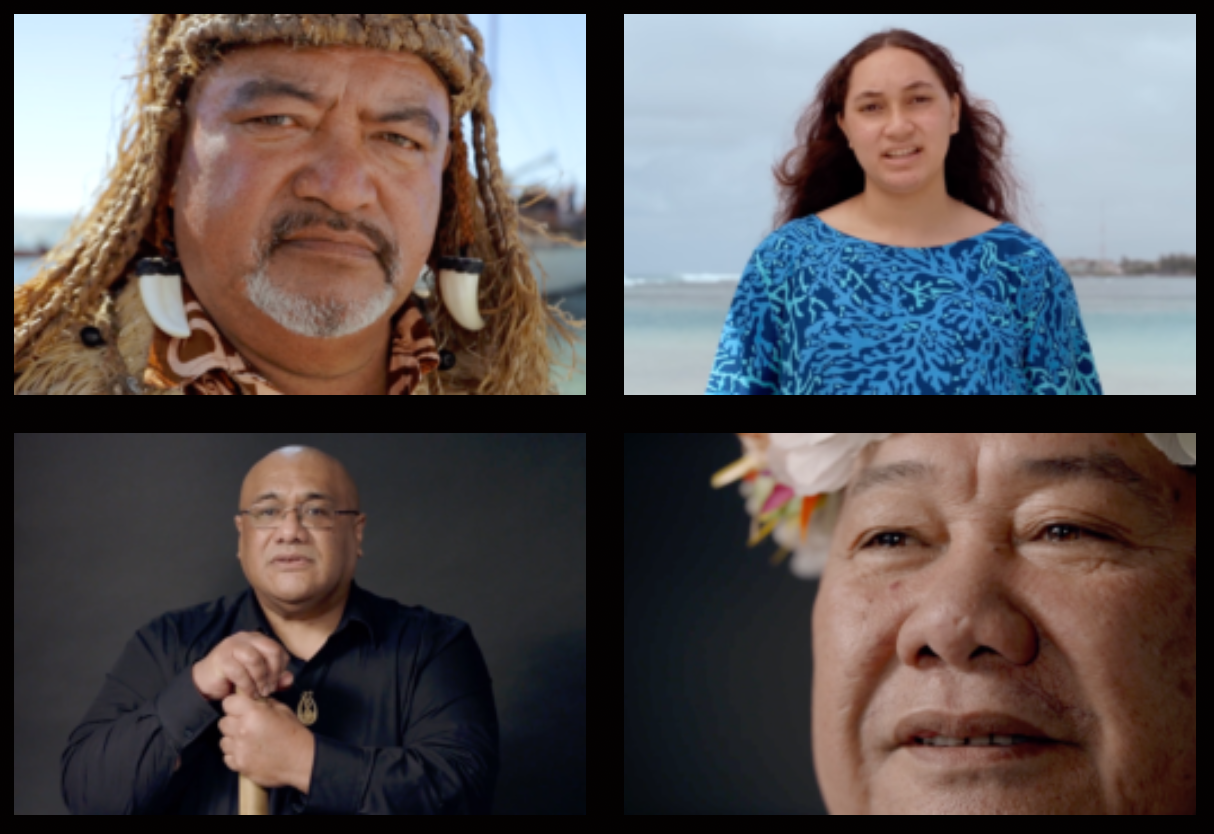
A powerful short film work that is a call to arms for peoples across the Pacific and globally.
Filmed in multiple locations (including Hawaii, Samoa, Cook Islands) Our Ancestors Speak features real people and voices from across the Pacific.
It brings poetry, oratory, ancient prophecy, indigenous languages of Oceania – knowledge that has been passed down over three thousand years from the largest ocean in the world – and some of the smallest islands – about sustainability, survival,
love, and ways of being in the world – to the world – in an evolutionary moment.
Ancient Oceanic wisdom and world views harnessed in service to the most pressing crisis and leadership issue of our times.
Featuring voices from: Fiji, Samoa, Cook Islands, Hawaii, Aotearoa, Tonga, Niue, Tokelau, Tuvalu, Guam, Papua New Guinea, Kiribati, Torres Strait Islands.
Add your title here
“These works have been designed to take tupuna - ancestors - and our Oceanic experiences - across the digital and pandemic divides - to arrive at COP26. We navigate vast distances as we always have... harnessing the technology at our fingertips, resourcefully, to make magic.”
Mana Moana - Pacific Voices
Mana Moana – Pacific Voices is a collection of emotive and artistic video works that have been created to amplify and support the Pacific to drive global action to reduce greenhouse gas emissions.
Pacific peoples of Oceania are orators and poets with the deepest respect for allusion, nuance and metaphor. We harness poetry “to mean more than we say” as the great Futa Helu observed. We bring our culture of storytelling to COP26 and UNCC with urgency, eloquently speaking to the issues of our region.
This initiative is supported by Aotearoa New Zealand and coordinated by the Secretariat of the Pacific Regional Environment Programme with support from many Pacific islands people, organisations and communities. These videos have been developed to be screened during the UNFCCC (United Nations Framework Convention on Climate Change) COP-26 and other relevant climate change events.
About the ancient chant from Hawaii
This is the prophesy of Kapihe, who lived during the time of Kamehameha the Great in the early 1800s. He foresaw a massive overturning—a significant shift in power— and this chant is as relevant today as it was then.
The Baltic Sea is an arm of the Atlantic Ocean, enclosed by Denmark, Estonia, Finland, Germany, Latvia, Lithuania, Poland, Russia, Sweden and the North and Central European Plain.
Satellite images taken in July 2010 revealed a massive algal bloom covering 377,000 square kilometres (146,000 sq mi) in the Baltic Sea. The area of the bloom extended from Germany and Poland to Finland. Researchers of the phenomenon have indicated that algal blooms have occurred every summer for decades. Fertilizer runoff from surrounding agricultural land has exacerbated the problem and led to increased eutrophication.
Approximately 100,000 km2 (38,610 sq mi) of the Baltic's seafloor (a quarter of its total area) is a variable dead zone. The more saline (and therefore denser) water remains on the bottom, isolating it from surface waters and the atmosphere. This leads to decreased oxygen concentrations within the zone. It is mainly bacteria that grow in it, digesting organic material and releasing hydrogen sulfide. Because of this large anaerobic zone, the seafloor ecology differs from that of the neighboring Atlantic.
Plans to artificially oxygenate areas of the Baltic that have experienced eutrophication have been proposed by the University of Gothenburg and Inocean AB. The proposal intends to use wind-driven pumps to inject oxygen (air) into waters at, or around, 130m below sea level.
After World War II, Germany had to be disarmed and large quantities of ammunition stockpiles were disposed directly into the Baltic Sea and the North Sea. Environmental experts and marine biologists warn that these ammunition dumps pose a major environmental threat with potentially life-threatening consequences to the health and safety of humans on the coastlines of these seas.
Chemical Weapons in the Baltic Sea
By: Major John-Olov Fridh
Green Cross Baltic Sea Office, Sweden
Hidden dangers in the depths of the oceans
The task of the Baltic Sea Office is to inform about environmental bombs in the seas around Sweden
Off the West coast of Sweden, the south coast of Norway and in the Baltic Sea, there are lots of old wrecks that contain large amounts of oil, combat gas and other chemicals.
Most were sunk by the United States and the Soviet Union after World War II. But as recently as the 1990s, Russia is said to have dumped, among other things, radioactive waste in the Swedish part of the Baltic Sea. There are around 50,000 tonnes of dumped chemical substances in the Baltic Sea and 200,000 tonnes of regular ammunition plus 45,000 tonnes in the Skagerack.
On this site you will initially find useful links to various websites where you can delve into the issue. Will also post a few different leaflets and documents that may be interesting. A lot of work is going on to find out exactly where the dumps are, the status of the dumped containers, the toxicity, the impact on the environment, the danger of contact with substances from the dumps. The dumping areas are being investigated and planned.
The map shows the areas where weapons would have been dumped, but in the corridors on the way forward there is also a risk of finding dumped barrels and weapons more or less rusted.
After the Second World War, large quantities of ammunition were dumped in both the Baltic Sea and the Skagerrak. Some of this ammunition contains various types of chemical weapons, of which special mustard gas has ended up in fishermen's gear on several occasions.
Five risk areas A - E are marked in the map. In areas A and B, loose ammunition was dumped, while in areas C - E whole ships were sunk and barges loaded with ammunition. The actual dumping zones have been marked in red on the map.
The ammunition was transported by boat to areas A and B and the dumping probably started along the yellow marked transport routes from the loading port of Wolgast in Germany before arriving at the actual dumping zones.
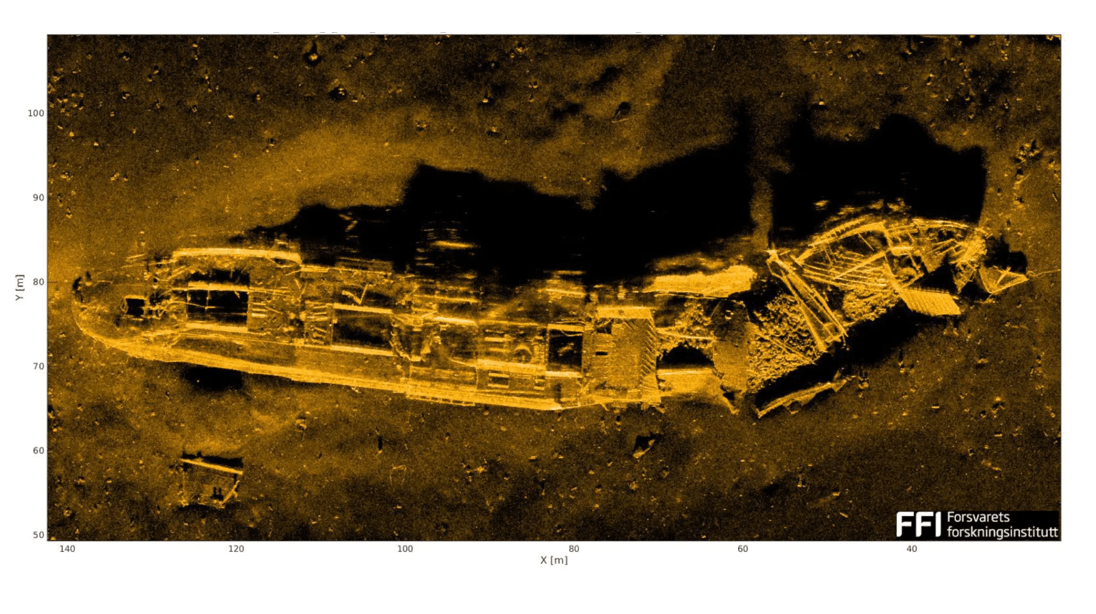
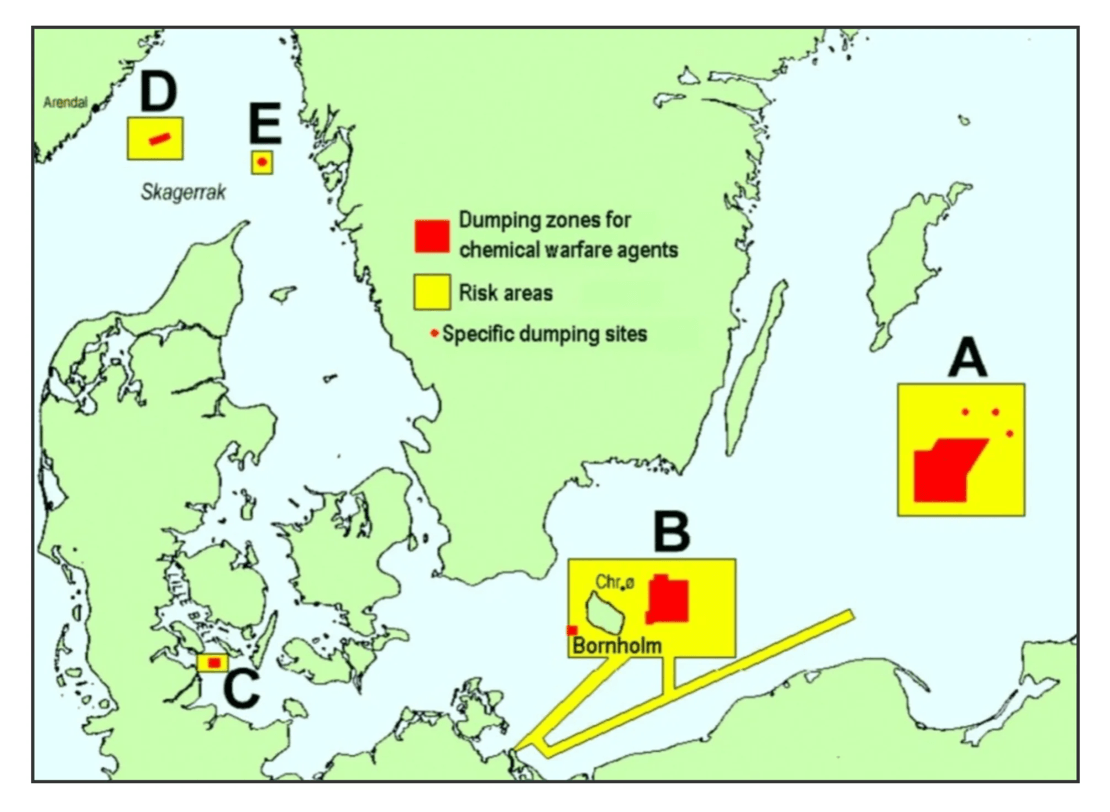
Map of dumping zones for chemical weapons and risk areas
Published with permission of the Norwegian Defense Research Institute (FFI).
The table shows an overview of what is known about the five areas.
Green Cross Sweden works to inform the public on the presence of munitions and toxic waste in the Baltic Sea. Green Cross provides instructions on what to do in case of coming in contact with munitions, and how to contact the authorities if you have any questions about chemical warfare agents.
To learn more about the dumpsites and related risks visit the https://green-cross.se/balticsea
For more information contact the Baltic Sea Office:
Major John-Olov Fridh, BalticSeaOffice@green-cross.se

